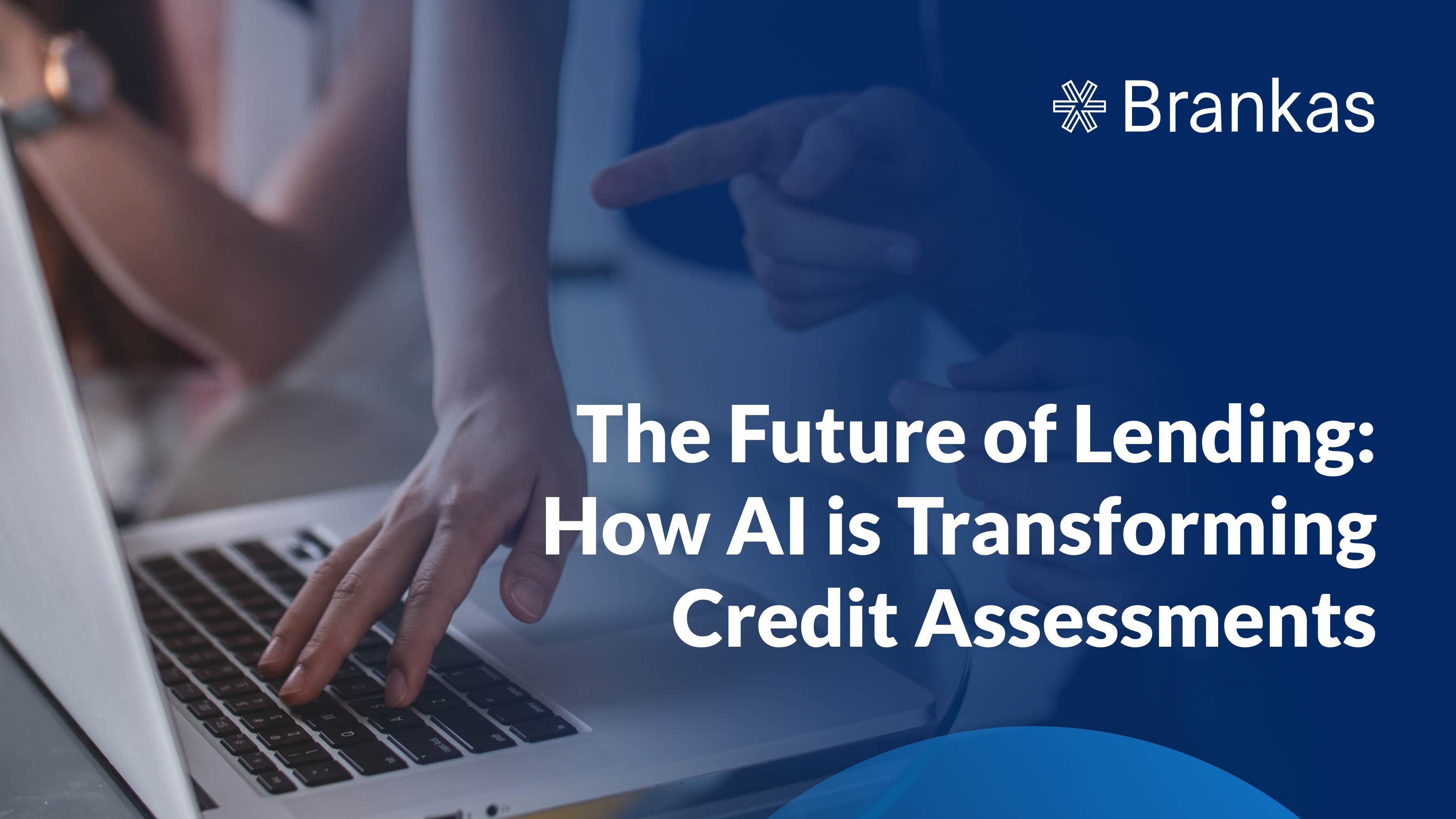The finance sector was the third-highest industry to adopt AI or artificial intelligence worldwide in 2022 (Statista). Financial institutions use AI across operations, sales and marketing, and HR. “Artificial intelligence has streamlined programs and procedures, automated routine tasks, improved the customer service experience and helped businesses with their bottom line.” (USD Online)
As big data, technology and infrastructure, regulatory obligations, and stiff competition continue to advance, banks are leveraging AI to transform credit assessments. Jannik Lindner’s article in WifiTalents claims credit appraisal has gone down from 3 days to almost instantly, especially in fintech and digital banking.
AI-powered credit assessment offers considerable advantages to lenders, borrowers, and the financial industry. Lenders gain improved accuracy in assessing creditworthiness, faster and more efficient credit evaluation, and enhanced risk management. Borrowers can secure expanded access to credit and personalized loan terms in a streamlined timeline. The industry experiences the benefits of increased profitability, competitive advantage, and regulatory compliance.
How Does AI-Powered Credit Assessments Work?
AI-powered credit assessments are algorithms that evaluate credit risk without prejudice based on factors like race, gender, or economic status. Assessments resulting from these machine learning (ML) algorithms and advanced analytics give lenders a complete picture of a borrower’s financial habits, risk profile, and repayment capacity.
-
AI gathers and evaluates data from diverse sources and does not rely solely on credit history. The system also collates data from banking activities, bill payment history, social media interactions, and mobile phone usage patterns.
-
ML models use massive datasets to detect trends and relationships that may suggest the probability of an applicant repaying a loan. Algorithms can detect tiny links between seemingly unrelated elements and a person’s financial stability by examining thousands of data sets.
-
Predictive analysis is the result of a trained ML model. An applicant submits a loan application, and the AI algorithm assesses their data based on the trends identified during its training.
-
Credit assessment AI learns and adapts from the loan applications it receives and the outcome of its predictions. The system adjusts and refines its algorithms to give more accurate results.
Benefits of AI in Credit Assessments
· Enhanced accuracy- AI provides a more exact forecast of an applicant’s ability to pay.
· Speed and efficiency- The system reduces the time between application, processing, and results.
· Broader data utilization- It uses alternative data sources other than the conventional ones.
· Reduced bias- An AI model trained in diverse data lessens human biases and judgments in credit decisions.
· Adaptive credit evaluation- AI can track changes in a borrower’s financial capacity and update credit assessments.
DBS Bank uses AI and data analytics for its “DBS Quick Finance” to help small businesses secure loans. The process only takes 1 minute to apply and another second to approve. Some applicants receive instant disbursement without additional documentation.
The Future of Lending with AI
Financial enterprises worldwide invested almost $35 million in AI in 2023 (Statista). Banks such as Scotiabank, DBS Bank, JPMorgan Chase & Co., and Bank of America are leading the way, and AI adoption shows no signs of letting up. The future of lending with AI-powered credit assessments is promising, with several key trends and innovations expected to shape the industry:
· Deep Learning
Deep learning can be used in credit assessment by applying deep neural network architectures to analyze large amounts of data and make more accurate predictions about a borrower’s creditworthiness. For instance, deep learning algorithms can analyze large datasets to identify patterns and trends that may indicate a higher risk of default. This can help lenders proactively manage their risk and make more informed decisions about lending
· Natural Language Processing (NLP)
To gain insights into a borrower’s creditworthiness, NLP enables AI systems to analyze and understand unstructured text data, such as social media posts, customer reviews, and financial reports. It can detect suspicious patterns in text data, such as fraudulent loan applications, phishing emails, or fake customer reviews, to help prevent financial losses.
· Explainable AI (XAI)
XAI provides transparency and interpretability to the decision-making process. For example, it can supply real-time explanations for credit decisions, enabling lenders to understand the reasoning behind each decision and adjust as needed. This is particularly important in high-stakes lending decisions where transparency is crucial.
Challenges and Ethical Considerations
AI-powered credit assessments are the future of lending, but some issues need to be addressed:
-
AI models require extensive amounts of sensitive personal and financial information. Implementing robust data privacy and security protocols is essential to safeguard this data against unauthorized access, breaches, and misuse. Compliance with data protection regulations like the General Data Protection Regulation (GDPR) or other applicable local laws is crucial.
-
AI models frequently function as intricate black boxes and pose challenges in comprehending the rationale behind their credit decisions. This may raise issues related to fairness, accountability, and adherence to regulatory standards. It is imperative to focus on developing interpretable AI models that offer transparent insights into the factors influencing credit assessments. This approach empowers lenders to articulate and justify credit decisions to borrowers effectively.
-
The accuracy and dependability of AI models hinge on the quality and representation of the data utilized during training. Incomplete, biased, or aberrant training data can result in skewed or unjust credit assessments. It is crucial to ensure that the data used is diverse, inclusive, and devoid of discriminatory biases to prevent perpetuating or exacerbating existing inequalities.
-
AI models must be designed and employed with a commitment to prevent discrimination, bias perpetuation, and unjust or harmful consequences. Responsible AI practices entail conscientiously evaluating the ethical significance of the data gathered, the algorithms employed, and the potential ramifications of credit decisions on individuals and society.
The role of AI in lending holds immense potential to transform how loans are evaluated, approved, and managed. Collaboration between industry stakeholders, policymakers, and technologists will be crucial in shaping a future where AI contributes positively to lending practices. Embracing these technologies thoughtfully and responsibly will pave the way for a more efficient, equitable, and sustainable future in finance.


